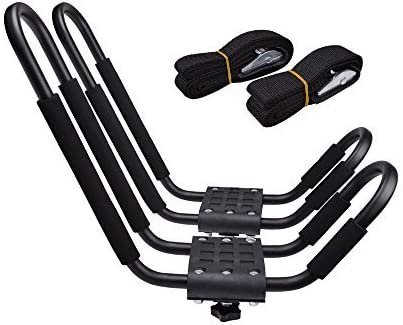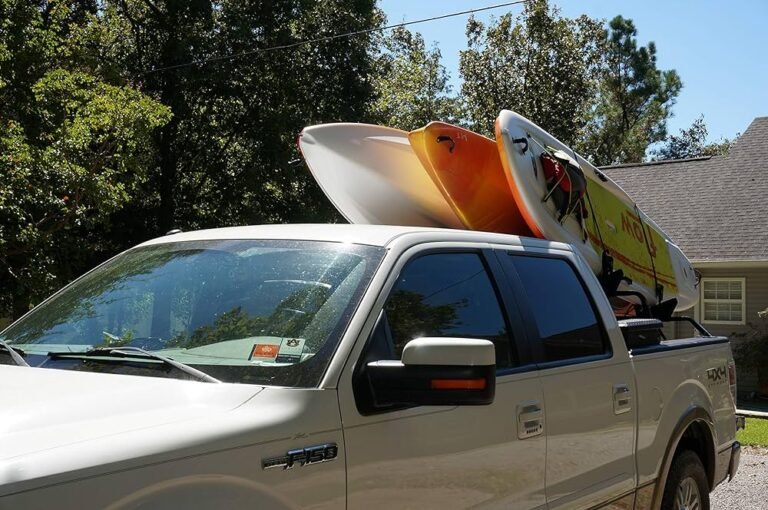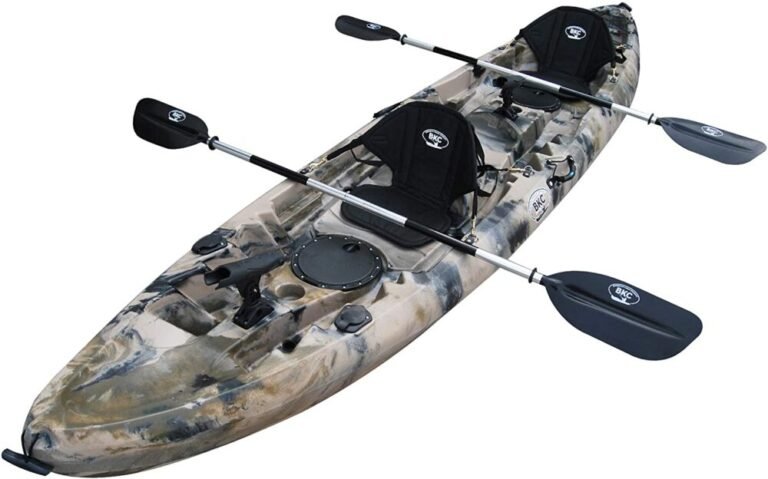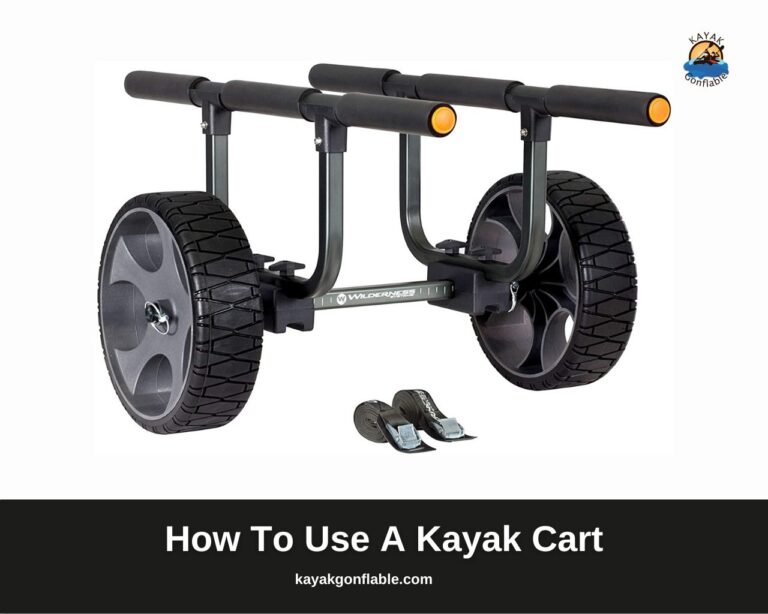What to Wear Kayaking in Hot Weather

It is important to be ready for both the challenges of the water and the intense heat when going on a kayaking expedition during scorching temperatures. When it comes to guaranteeing a secure and enjoyable experience, proper attire can make all the difference.
Sunburn, heat exhaustion, and even heatstroke can result from prolonged exposure to the sun’s harmful rays. Proper clothing provides a vital barrier between your skin and the sun, reducing these risks.
You can keep cool and comfortable while protecting yourself from the sun by dressing appropriately. Dehydration and profuse perspiration are two consequences of overheating that can be hazardous when kayaking.
Your clothing choices can affect your kayaking performance. The right gear can enhance your agility and overall experience, while the wrong choices can hinder your movements and make paddling a more challenging task.
Core Clothing for Hot Weather Kayaking
Kayaking can be physically demanding and when done under the hot sun can result in a lot of sweat production which can make your trip very uncomfortable or even unbearable. That’s why the material worn closest to the skin is vital.
Choose a moisture-wicking base layer
A moisture-wicking base layer is the foundation of your kayaking attire in hot weather. Merino wool and polyester are good choices. Polyester’s superior ability to drain away moisture makes it a preferred choice. It effectively removes perspiration from your skin, keeping you comfortable and dry.
Merino wool is a natural material with wicking properties that help regulate body temperature. It is a great option for people who like natural materials. Moisture-wicking fabrics help sweat evaporate quickly, preventing that sticky, uncomfortable feeling.
They also help regulate your body temperature. Moisture-wicking materials reduce the risk of chafing, a common issue when sweating in humid conditions.
Choosing the Right Kayaking Shirt
Your kayaking shirt should not be bulky or generate heat. Your shirt should protect you from UV radiation.
Rash guards are snug-fitting, stretchy shirts that offer UPF protection and minimize chafing. They are excellent for sun protection and can be worn alone or as a base layer. You can also wear regular shirts that are lightweight and made of moisture-wicking materials.
Look for shirts with UPF protection to shield yourself from the sun. For improved breathability and comfort, opt for shirts with mesh panels or ventilation features. Proper airflow can help regulate your body temperature and reduce sweating.
Opt for quick-drying shorts or pants
When planning your kayak clothing do not overlook your bottoms. Bottoms that are lightweight and quick-drying are ideal for kayaking. Most kayaking shorts are made of either nylon or polyester.
Nylon shorts or pants are lightweight and provide good durability and flexibility. Similar to nylon, polyester shorts or pants are quick-drying and offer excellent moisture management.
Cargo vs. Board Shorts
Cargo shorts offer extra pockets for storing small essentials and can be a convenient choice. However, they may be less streamlined and can potentially catch on your kayak’s seat or equipment.
Board shorts on the other hand are typically sleeker and designed for water activities. They are comfortable, quick-drying, and provide excellent freedom of movement.
Footwear for Kayaking
Choosing the right footwear is crucial for safety and comfort. Many people don’t know whether to opt for water shoes, sandals, or neoprene booties. We’ll discuss the characteristics of these footwear options to help you make an informed choice.
Water shoes – are versatile and provide toe protection. They are ideal for kayaking in rocky areas or when you may need to step out of the kayak into the water.
Sandals – are a great choice for hot weather kayaking as they offer breathability and are easy to slip on and off. Look for ones with a good grip.
Neoprene booties – provide extra insulation and are suitable for cooler water conditions. They also offer good traction on slippery surfaces.
Regardless of your choice, ensure your footwear has adequate traction and grip. Slippery conditions, especially when launching or exiting your kayak, can be hazardous.
Sun Protection Gear
In the blazing heat, effective sun protection gear is your shield against harmful UV rays. Essential sun protection gears are:
- Wide-Brimmed Hats and Visors
Wide-brimmed hats and visors are your first line of defense against the scorching sun. Look for hats and visors with a high UPF (Ultraviolet Protection Factor) rating. A UPF rating indicates the level of sun protection offered. The higher the UPF, the better the protection.
Opt for hats with a full brim to shade your face, neck, and ears. This provides superior protection compared to visors. Choose hats with ventilation features like mesh panels or breathable materials. This helps regulate your head’s temperature and prevents overheating.
- Sunglasses
Protecting your eyes from the sun’s glare is essential. Polarized sunglasses reduce glare from the water’s surface, providing better visibility. They are particularly useful when paddling in bright, reflective conditions.
Ensure your sunglasses offer 100% UV protection. This shields your eyes from harmful UVA and UVB rays. Consider investing in floatable sunglasses with built-in buoyancy. If they accidentally fall into the water, they won’t sink, making retrieval much easier.
- Sunscreen
Sunscreen is crucial to protect your skin from harmful radiation from the sun. Opt for water-resistant sunscreens, specially designed for outdoor water activities.
They are less likely to wash off when you sweat or get wet, ensuring extended protection. Use a broad-spectrum sunscreen that offers protection against both UVA and UVB rays.
Layering and Adaptability
Layering and adaptability are key strategies for staying comfortable and prepared when kayaking in hot weather.
Lightweight, Breathable Outer Layers
Outer layers are essential for protection from wind and unexpected weather changes.
Windbreakers and Paddle Jackets
Lightweight windbreakers provide a shield against chilly winds that can sometimes occur, especially when kayaking on open water. Look for windbreakers made of breathable materials to avoid overheating.
Paddle jackets are designed specifically for water activities. They are windproof and often feature waterproof or water-resistant materials to keep you dry during unexpected rain showers.
Rain Gear Considerations
Consider carrying packable rain gear, such as a waterproof jacket and pants, in case of sudden downpours. These items can be easily stowed away when not needed. Ensure that your rain gear is breathable to prevent excessive sweating and discomfort when paddling.
Removable Sleeves and Pants
Adaptability is key when dealing with changing weather conditions during your kayaking trip. Convertible pants have zip-off legs, allowing you to switch between full-length pants and shorts as the temperature changes. They are highly versatile and save space in your gear.
Some shirts come with removable sleeves that can be zipped off when it gets warmer. This feature enables you to adjust your clothing to your comfort level. Hot weather can sometimes turn into cooler, windy conditions, especially on large bodies of water.
Being able to adapt your clothing on the go ensures you stay comfortable and safe. Pack these convertible options in your kayak so you can easily access them when needed.
Hydration and Cooling Strategies
Staying properly hydrated and implementing effective cooling strategies are vital for a safe and enjoyable kayaking experience in hot weather.
Staying Hydrated on the Water
Consider using a hydration pack with a water reservoir that allows for easy sipping while paddling. These packs typically have a hose and a bite valve for convenient and hands-free drinking.
An alternative is to carry one or more water bottles in your kayak. Make sure they are easily accessible so you can take regular sips throughout your trip. Insulated hydration packs help keep your water cooler for longer periods.
This can be particularly advantageous in scorching heat while non-insulated water bottles are lightweight and easy to refill, making them a suitable choice for shorter trips where keeping water cool isn’t a top priority.
Cooling Towels and Accessories
Cooling towels and accessories can provide instant relief from the heat. Cooling towels are designed to cool you down through evaporative cooling.
Simply wet the towel, wring out excess water, and place it around your neck or on your forehead. As the water evaporates, it creates a cooling effect.
Some clothing items and accessories, like hats or arm sleeves, are made with evaporative cooling technology. They can help regulate your body temperature in hot conditions.
Neck Gaiters and Buffs
Neck gaiters and buffs offer versatile benefits beyond just sun protection. Neck gaiters and buffs provide excellent UV protection for your neck, face, and ears. Look for options with UPF ratings for added sun protection.
When wet, these accessories can provide a cooling sensation similar to cooling towels. Simply soak them in water, wring them out, and wear them to stay cool.
Practical tips for staying comfortable when kayaking in hot weather
Staying comfortable during hot weather kayaking is essential for an enjoyable experience. The following are ways to stay comfortable when kayaking under the scorching sun:
- Hydration and Snack Breaks
Proper hydration and regular snack breaks are key to staying energized and avoiding heat-related issues. Drink water regularly, even if you don’t feel thirsty. Set a timer to remind yourself to take a sip every 15-20 minutes.
Consider bringing electrolyte tablets or drinks to replenish lost salts and minerals, especially on longer paddles. To maintain your energy levels, pack energy-rich snacks like nuts, granola bars, and dried fruits to maintain your energy levels.
- Avoiding Overheating and Heat Exhaustion
Opt for clothing with ventilation features like mesh panels, vents, and breathable fabrics to prevent overheating. When taking breaks, try to stay in shaded areas to cool down. A wide-brimmed hat and a wet neck gaiter can also provide relief.
Learn the signs of heat exhaustion, such as excessive sweating, weakness, nausea, and dizziness. If you experience these symptoms, take a break in the shade, hydrate, and cool down. Plan your route to include shaded spots or islands where you can take a break from direct sunlight.
- Adjusting to Temperature Changes
Wear moisture-wicking base layers under your sun-protective shirt. If it gets cooler, add a lightweight windbreaker or paddle jacket. Remove layers as needed. Utilize convertible clothing like zip-off pants and removable sleeves to easily adapt to temperature fluctuations.
Personal Safety
Despite the heat, it is important that you stay safe on the water. Choose a well-fitted and suitable PFD. Practice wearing your PFD before your trip to ensure it doesn’t cause discomfort or chafing.






